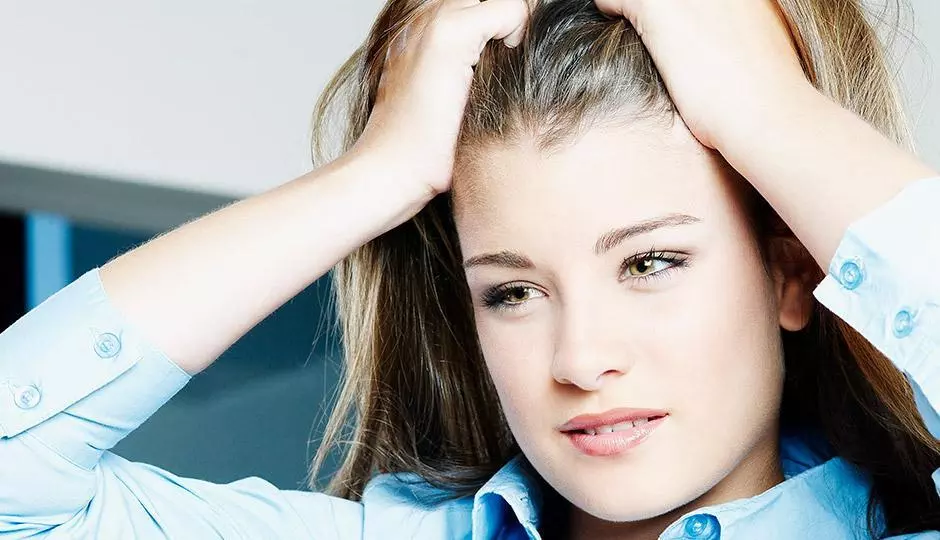Trichotillomania is the irresistible urge to pull out your own hair. Hair can be pulled out from anywhere on the body, but eyelashes, eyebrow hair, and scalp hair are the most common areas for it to occur. When a person has Trichotillomania, the urge to pull out hair can be overwhelming, but the loss of the hair is equally traumatic. Many sufferers go to great lengths to disguise pulled areas, even when they can’t stop from continuing to pull.
Others are unaware of the fact that they pull their own hair, and may even do so in their sleep. Imagine the shock of going to bed with a full head of hair, and waking up to a very different appearance—without being aware you did it to yourself in your sleep.
Trichotillomania usually begins around 10-13 years of age as well, already a delicate time for a person’s self esteem. Unfortunately, once started, it can continue well into adulthood, or without treatment be a life-time problem.
Emotional regulation, therapy, and other treatments are available to stop or greatly reduce hair pulling, but what happens after that? If you pull out your own hair, will it ever grow back?
Trichotillomania Can Stunt Hair Growth
If you’ve ever looked at the end of a strand of hair that has been pulled out, you’ve probably seen the white “root” at the end. This is technically called the hair bulb, which rests inside of your hair follicle. While it’s not possible to rip your hair out by the hair follicle (at least not without taking the skin with it) it can damage the follicle over time.
If Trichotillomania has been going on for years, it’s possible that permanent baldness can occur, or dam-age to the hair follicle can lead to stunted hair growth. If a follicle has been damaged by hair pulling but not destroyed, it can take between 2-4 years to regrow a hair.
What You Can Do
If you have Trichotillomania, it may be difficult for you to figure out how to deal with the situation. On the one hand, the desire to pull hair is overwhelming, and you can’t help pulling out the hair. On the other hand, it can be embarrassing to go out in public with a visible bald patch.
Even after recovering from the disease, through therapy or other means, being left with the scars of your past so public can be a huge embarrassment. Fortunately, there are treatments available that can help speed the process of healing.
A hair loss clinic may be able to help you on the road to recovery. A hair loss specialist will be able to lis-ten to your individual story, look at your scalp, and make recommendations on a unique plan that will help you get your life back to normal.
Trichotillomania doesn’t have to mean coping with baldness. It’s possible to recover your self-image and self-esteem, by seeking treatment first for the behavior, and then the scars left behind.
For more information, or for help, reach out to the experts at Hair Replacement Clinic in Dayton, Ohio today.



